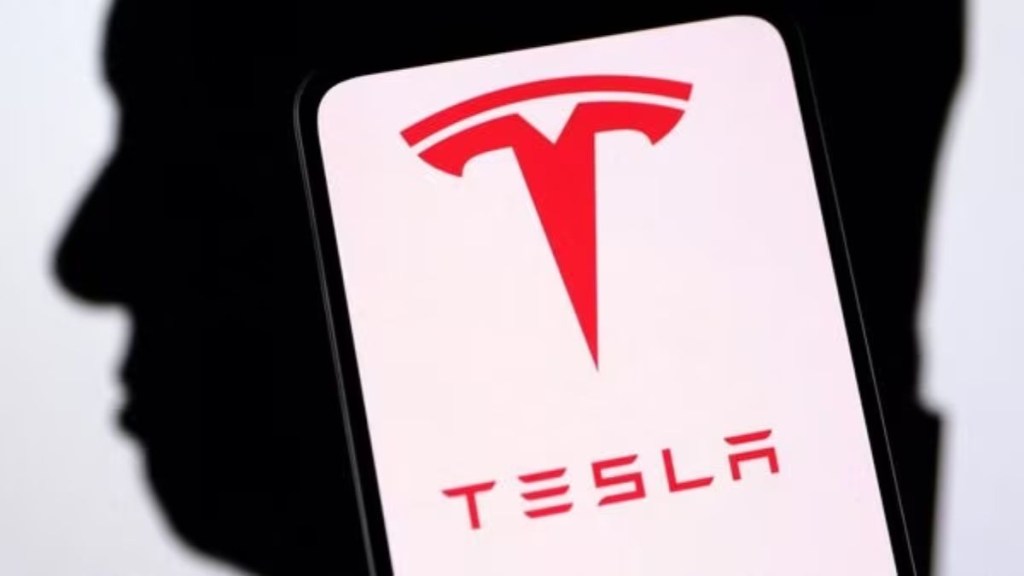The government and Tesla seem to be close to reaching a pact whereby the marquee brand will eventually set up a manufacturing base in the country to produce a range of its electric vehicles. Going by the progress of the talks between the two sides, which started in May when Elon Musk dropped the earlier demand for first lowering import duty on completely built units—at 100% for cars costing $40,000 and above—any final agreement would certainly give the impression that India has emerged as an alternative to China.
However, in its enthusiasm to have the marquee brand set up shop in the country, the negotiators from the government’s side should not lose sight of two things. First, they should clearly ask Tesla what is the objective behind its India entry plans. Is it for the Indian market or is the company looking at setting up its global value chain (GVC) centre to cater to the global market? If it’s the former, it does not make sense for the government to offer much sops to the company because there are enough global auto brands in the country and adding Tesla is not such a big deal. However, if the company is looking at setting up its GVC centre in India, the government should negotiate smartly.
Reports suggest that the government is looking at lowering import duty for around five years, during which Tesla can import completely-built units to test the domestic market. However, this concession would be in lieu of the company setting up domestic manufacturing at the end of that period. Obviously, any duty cut will not be exclusively for Tesla, so it will benefit other global auto players interested in setting up their manufacturing base in India. Reports also suggest that Tesla may be asked to give bank guarantees as an assurance for setting up a manufacturing base here as part of this arrangement. Past experience, especially in the case of telecom operators should caution the government from opting for any arrangement of this kind. Bank guarantees tend to be messy and eventually lead to protracted litigation because the law is tilted in favour of the encasher, which in this case will be the government. If Tesla is interested in testing the Indian market and is equally keen to set up its GVC centre here, the government can lower the import duty for only around 500-1,000 cars. Such relaxation will be fair by all accounts. It will also ensure that there’s no mistrust between the two sides, no broken promises and differing interpretations of any agreement.
The experience with Apple, another iconic brand which set up domestic manufacturing through the production-linked incentive scheme, is an ideal example to go by. When the government was holding negotiations with Apple, it never lowered import duties on finished products. What it offered was a phased manufacturing plan under which components used for manufacturing will have lower duties, which would be raised as per a given roadmap. By that time, companies like Apple need to source locally. The performance has been impeccable. India exported smartphones worth `90,000-crore in FY23, half of which was acounted for by Apple. Around 85% of the company’s products are exported. If Tesla is able to do the same, it would be great for the country as, currently, auto does not figure in the list of top 30 exported products.

